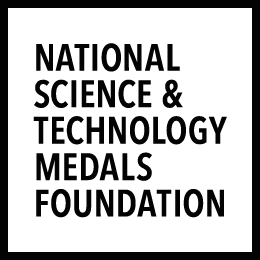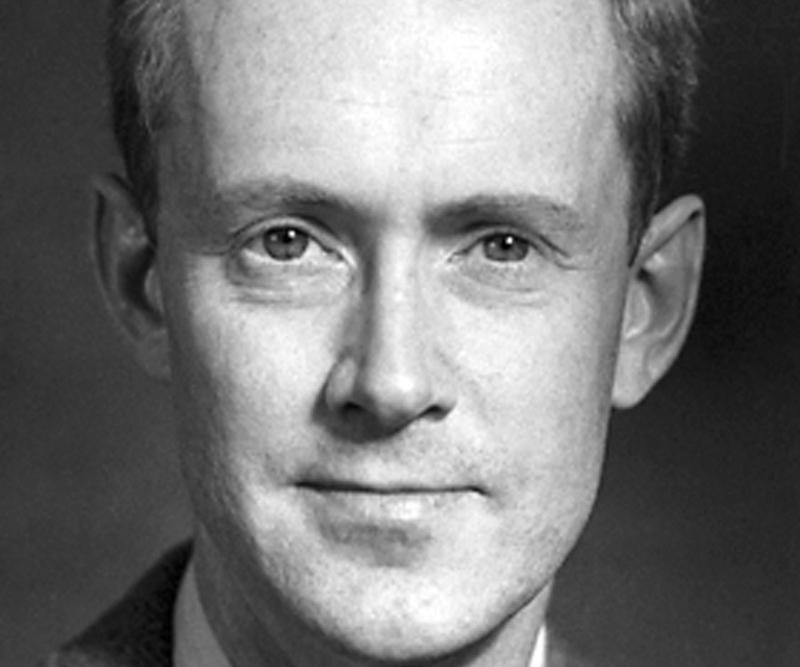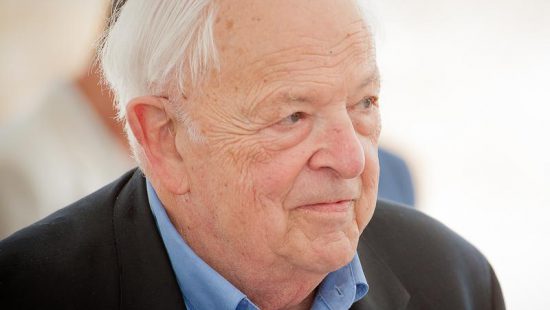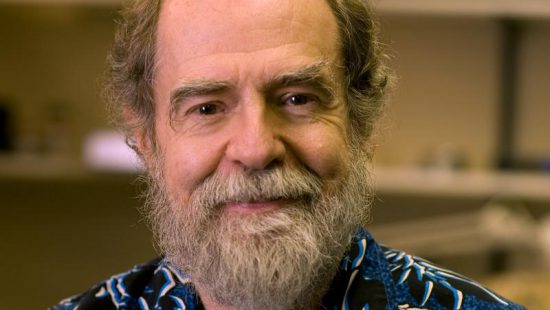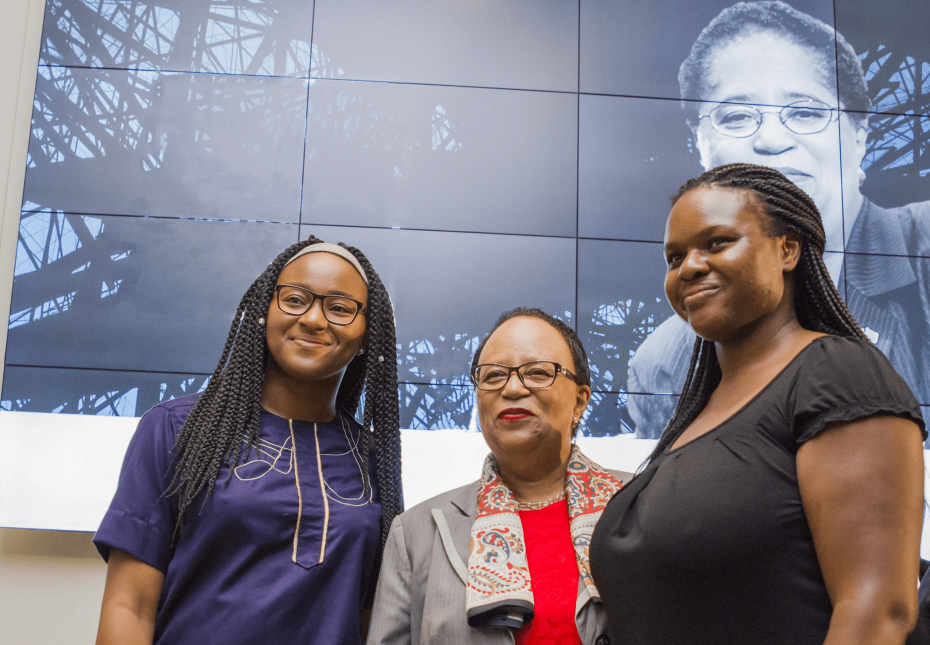For Edward M. Purcell, the first step to a lifetime immersed in science might have been his father’s job at the telephone company. That job provided the surplus equipment and manuals with which the younger Purcell began experimenting.
Decades later, Purcell would develop methods to measure nuclear magnetic resonance and interstellar magnetic fields and become chief science advisor for three U.S. presidents. He would also share, in 1952, a Nobel Prize for his pioneering research in measuring the magnetism of the atomic nucleus.
His father’s job at the telephone company initially sparked an interest in electrical engineering in the younger Purcell. Later, that interest shifted to physics. Purcell earned a doctorate in physics from Harvard University, and would be with the university for more than 40 years before retiring in 1977.
During World War II he worked at the Massachusetts Institute of Technology’s Radiation Laboratory, where scientists were making huge advancements in the development of radar.
Purcell was a member of the National Academy of Sciences and served as president of the American Physical Society. He was an advisor for the three presidents — Dwight D. Eisenhower, John F. Kennedy and Lyndon B. Johnson.
By Robert Warren
